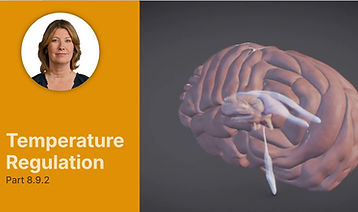
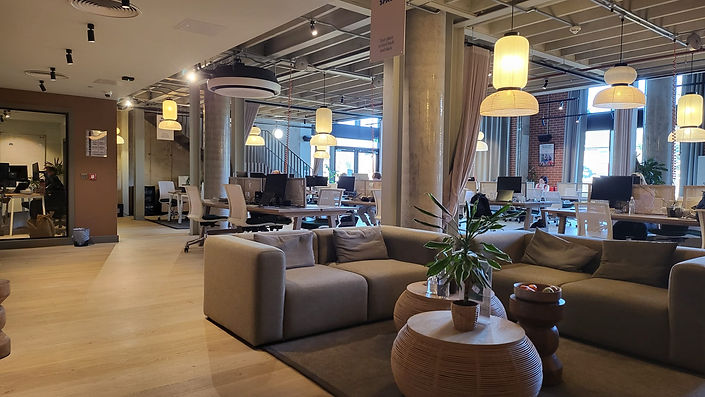
MODULE 8
CLIENT PECULIARITIES
8.1 Pressure Sores: Intro
The module begins with a simple introduction to pressure sores as a condition, how dangerous they can be and how important it is to take them seriously.
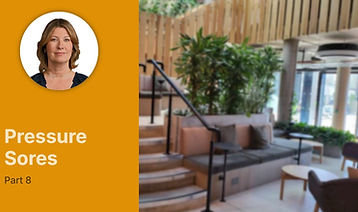
8.3 Pressure Sores: Stage 1
This section shows trainees what a pressure sore looks like at the very beginning - on the surface of the skin and underneath. The ramifications of a stage 1 sore are also discussed.
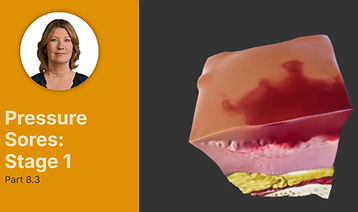
8.5 Pressure Sores: Stage 3
The severity of a sore at stage 3 is looked at here, as well as the impact it has on the client and their life.

8.6.1 Pressure Sores: Body Map
In this section, the presenter shows the trainee which parts of a client's body are most susceptible to pressure sores and why.
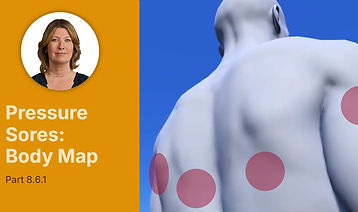
8.8 Autonomic Dysreflexia: Intro
To prepare the trainee for potentially life threatening events, the presenter lays out what the causes, symptoms and interventions of Autonomic Dysreflexia are.
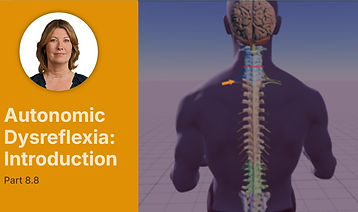
8.9.1 Autonomic Dysreflexia: Intervention
To prepare the trainee for potentially life threatening events, the presenter lays out what the causes, symptoms and interventions of Autonomic Dysreflexia are.
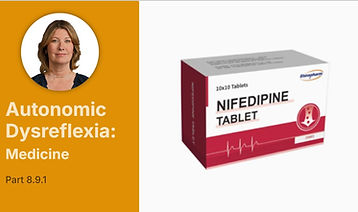
8.9.3 Lung Capacity
Lastly, a trainee is prepared for the client's lung capacity and the ramifications of having a weaker diaphragm.
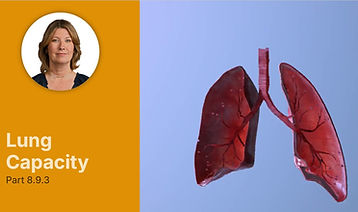
8.2 Pressure Sores: How they Develop
Here, through the use of 3D computer generated models and illustrations, the trainee is shown how pressure sores develop.
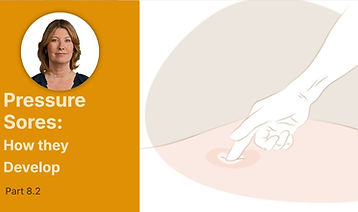
8.4 Pressure Sores: Stage 2
Continuing with pressure sore stages, the trainee is shown how a stage 1 sore progresses to a stage 2 sore. 3D graphics show the extent of the sub-dermal degradation and the consequences.
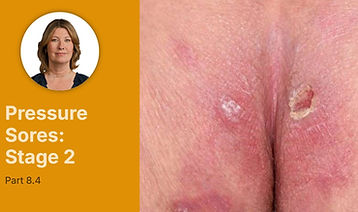
8.6 Pressure Sores: Stage 4
Here, the final stage of a pressure is presented with a short story about a client who suffered such a sore and what happened to their limb.
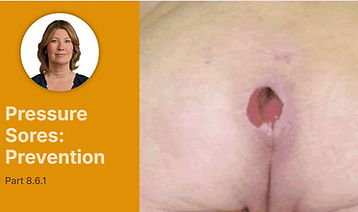
8.7 Pressure Sores: Spasms
Here, the trainee learns about spasms, their neurogenic cause and how they're managed.
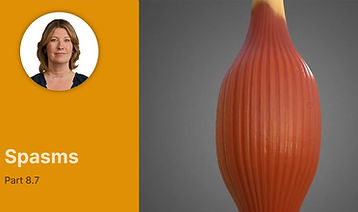
8.9 Autonomic Dysreflexia: Interventions
To prepare the trainee for potentially life threatening events, the presenter lays out what the causes, symptoms and interventions of Autonomic Dysreflexia are.
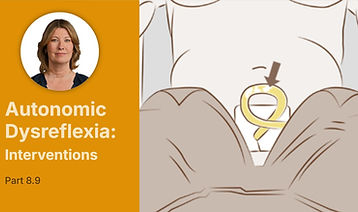
8.9.2 Temperature Regulation
The subtle peculiarities of a tetraplegic client are further explored with a look at how a client's brain regulates body temperature.
